Deck & Commander Strategies

Azlask, the Swelling Scourge
Utilizes face-down creatures through morph, disguise, and manifest mechanics to build a hidden and flexible board presence, often triggering abilities when creatures flip or die to gain advantage.

Geist of Saint Traft
Aggressive blue-white deck focusing on evasion and combat damage, supported by protective equipment and spells, aiming to deal consistent damage through an indestructible angel token.

Voja, Jaws of the Conclave
Elf and wolf tribal deck leveraging +1/+1 counters, token generation, and trample to overwhelm opponents with large, synergistic creatures that grow exponentially.

Ms. Bumbleflower
Token and group-hug style deck producing numerous bunny tokens, using card draw and counters to outvalue opponents and control the board while preparing for a potential win through overwhelming board presence.
Gameplay Insights
- 1
The Supreme Verdict board wipe was a pivotal moment that reset the board and slowed down early aggression, forcing players to rebuild their strategies.
- 2
Azlask’s morph and manifest mechanics created uncertainty and forced opponents to carefully consider their interactions, as flipping creatures could trigger powerful effects.
- 3
Voja’s synergy with +1/+1 counters and token doubling allowed for explosive combat phases, turning small creatures into formidable threats quickly.
- 4
Miss Bumbleflower’s group-hug style card draw and token production kept the game dynamic, allowing her to maintain pressure and value without direct aggression initially.
- 5
Strategic blocking and the timing of combat phases were crucial in managing damage output and preserving key creatures, especially against decks with evasive angels and trample threats.
Notable Cards
-
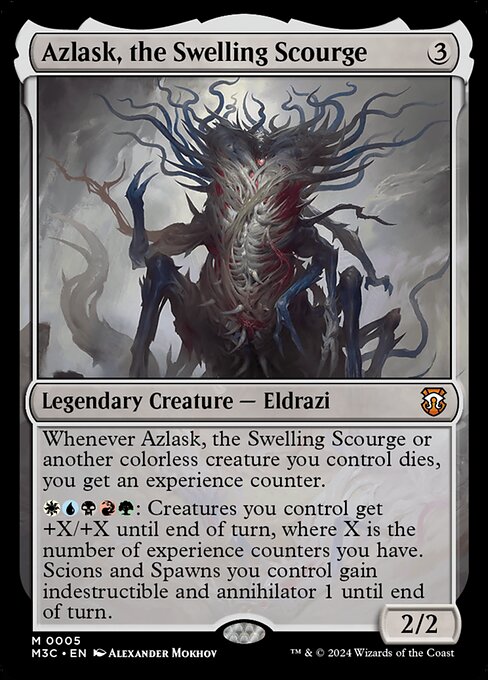
Azlask, the Swelling Scourge
-

Geist of Saint Traft
-

Voja, Jaws of the Conclave
-
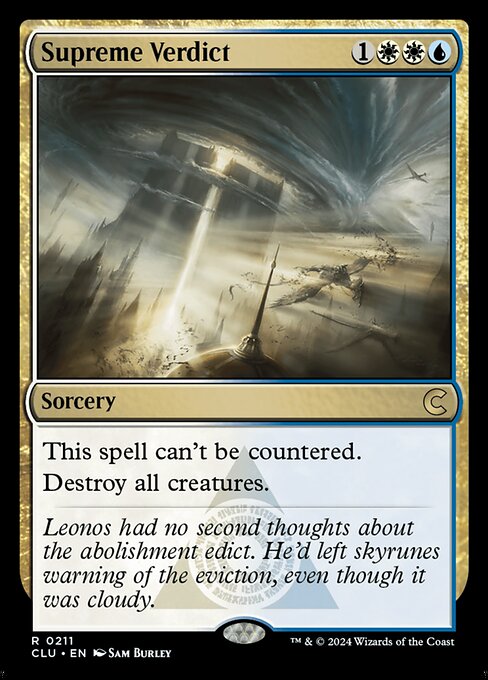
Supreme Verdict
-
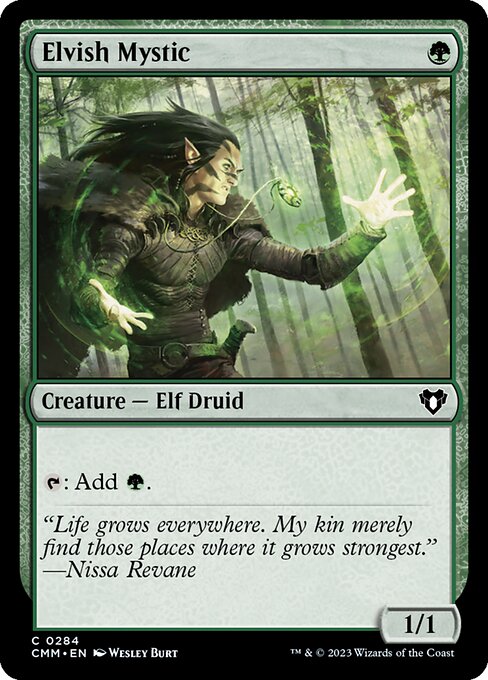
Elvish Mystic
-
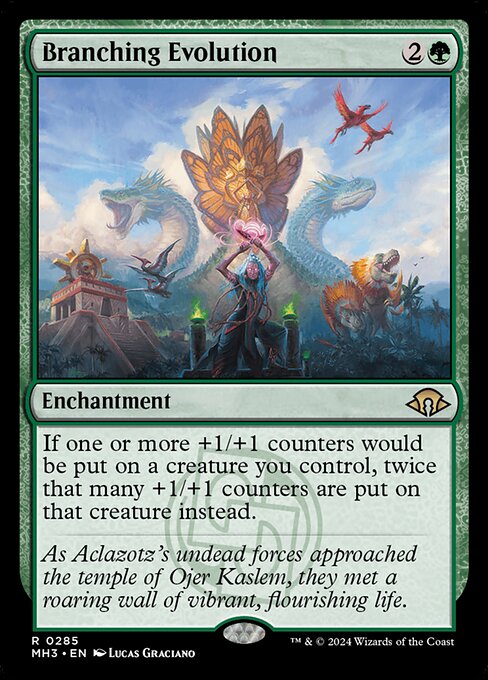
Branching Evolution
-
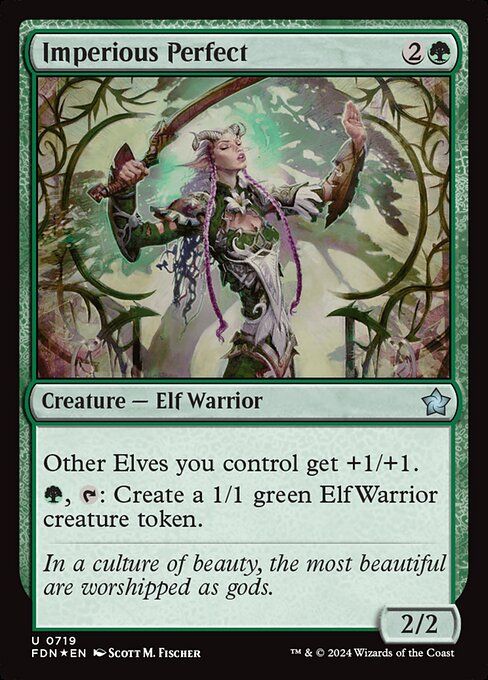
Imperious Perfect
Gameplay Summary
The game began with players developing their boards and ramping mana through various mana dorks and lands, setting the stage for their unique deck strategies.
Early turns featured some minor combat and board development, with notable plays including the casting of Azlask, the Swelling Scourge's morph-centric deck focusing on face-down creatures and manifesting, and Geist of Saint Traft’s aggressive angel strategy equipped with protection and evasion.
Miss Bumbleflower established a token-based, group-hug style board with multiple bunny tokens, leveraging card draw and counters to build a strong board presence.
Voja, Jaws of the Conclave focused on an elf and wolf tribal synergy, using +1/+1 counters and token generation to grow creatures exponentially. Mid-game, the board state shifted with a Supreme Verdict wiping the board, resetting some of the early aggression.
The morph and manifest strategy of Azlask was still a threat, manifesting cards upon the death of creatures and building a hidden army.
Voja's deck took advantage of its doubling of counters and token production to launch a powerful alpha strike, swinging with large creatures boosted by numerous counters and tokens.
Miss Bumbleflower’s bunnies and card draw mechanics continued to create incremental advantage, while Geist of Saint Traft maintained pressure with its combat tricks and equipment, including Sword of the Forge and Frontier to protect its threats.
The gameplay was marked by careful resource management, key combat decisions, and attempts to interact with morph creatures before they flipped, creating dynamic board tension.


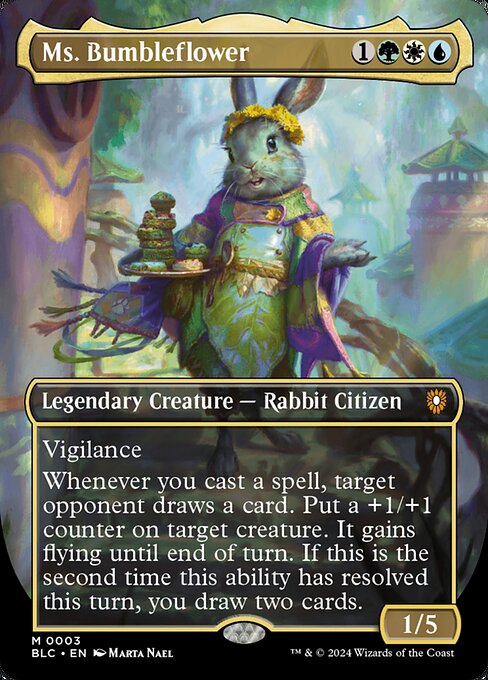























![Commander VS S4E5: Rakdos vs Geist vs Bosh vs Wrexial [MtG: Multiplayer] thumbnail](https://i.ytimg.com/vi/u4s3IlCLlpk/sddefault.jpg)





















